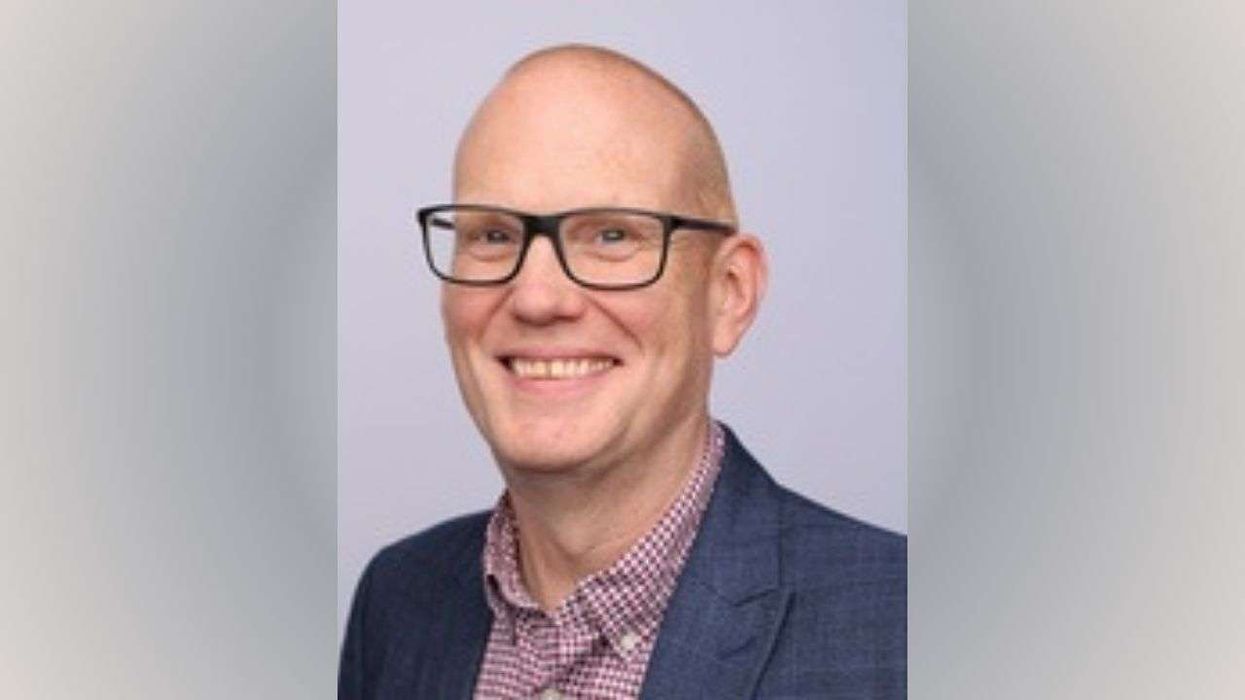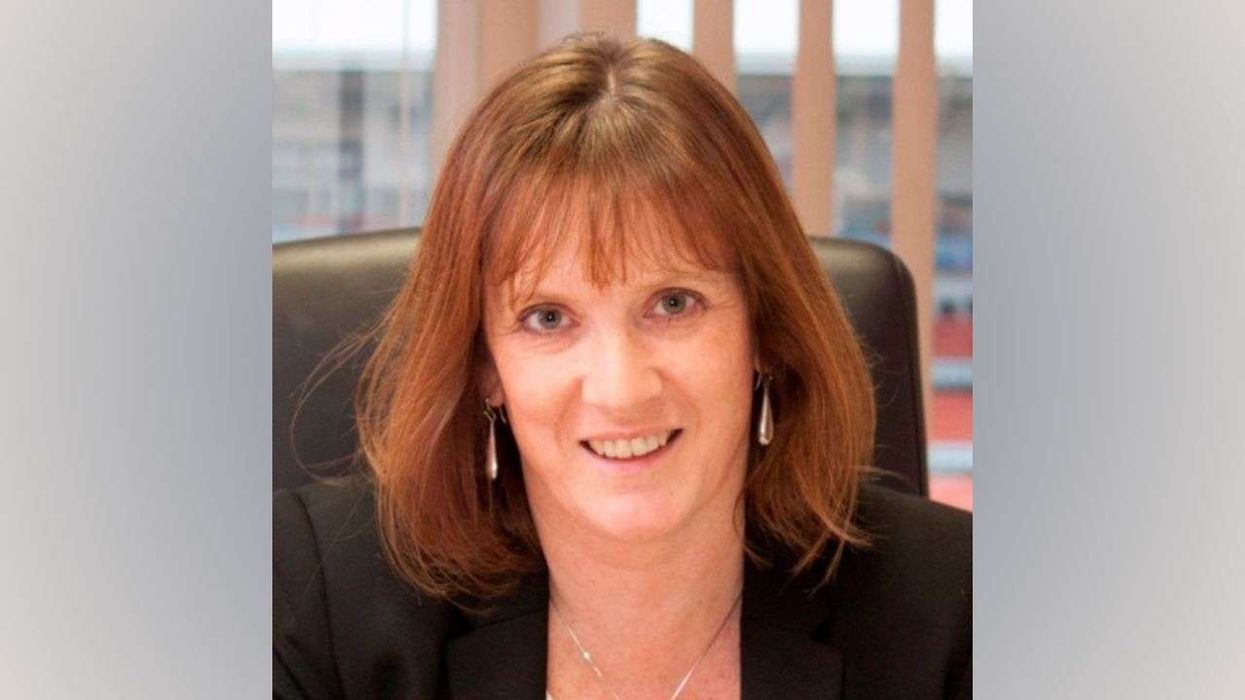Key Summary
- More than half of the overall waiting list is made up of people of working age (19 to 64)
- The largest specialty for those on the waiting list aged 18-64 is gynaecology
- The largest specialty for those aged 65+ is ophthalmology
New NHS data shows that patients in the poorest communities and those from an Asian or Asian British background are more likely to wait more than 18 weeks than any other group.
The NHS has released data by ethnicity and economic status for the first time to bring in more transparency and address the problem of unfair variation in patient care.
The data shows that more than half (56 percent) of the overall waiting list is made up of people of working age (19 to 64).
The largest specialty for those on the waiting list aged 18-64 is gynaecology (12 percent of all 18–64-year-olds).
The largest specialty for those aged 65+ is ophthalmology (14 percent of over 65s).
Working age individuals are slightly more likely to be waiting over 18 weeks than under 18s or over 65s.
For pathways where sex is recorded, women make up a higher percentage of the waiting list (57 percent) compared to men (43 percent).
Women are more likely to be waiting over 18 and 52 weeks than men.
To tackle these health inequalities, the government plans to first roll out neighbourhood health centres in places where healthy life expectancy is lowest.
These areas are mainly located in deindustrialised cities and coastal towns, where unemployment is high.
The NHS also aims to tackle economic inactivity with Further Faster 20 teams to deal with waiting lists, employment advisers in back pain clinics, and health and growth accelerators assessing the economic benefits of various health interventions.
The NHS also plans to invest £5 million to recruit 1,000 people from groups or areas worst hit by unemployment.
The government is already providing faster access to treatment through its Plan for Change, having delivered over 4.6 million extra elective care appointments and cut the and cutting the overall waiting list by over 260,000 since July 2024.
NHS National Clinical Director for Elective Care director Stella Vig said, “Understanding patient demographics is vital if we are to identify and tackle the way different groups are treated, which is why I am delighted we are publishing this data for the first time."
Health secretary Wes Streeting pointed out that his government had inherited an NHS that had faced years of neglect.
“Only by being upfront and shining a light on inequalities can we begin to tackle the problem. We will give all patients the care they need when they need it as part of our Plan for Change."
He said the 10-Year Health Plan will tackle health inequalities faced across the country.
NHS Race and Health Observatory chief executive Professor Habib Naqvi welcomed the publication of waiting list data by ethnicity and other characteristics, including age, sex, and deprivation.
"This is a great step in making ethnic health inequities more visible," he said.












